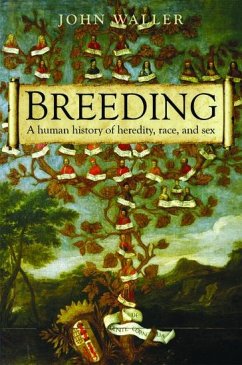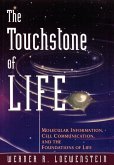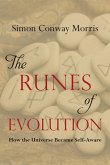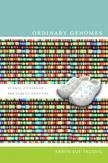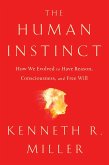Breeding charts more than two thousand years of ideas about the nature of sex and heredity. From the speculations of the ancient, medieval and early modern worlds to the birth of genetics in the modern age, John Waller examines how we came to solve one of the greatest of enigmas: why offspring tend to look like their parents. But this book goes further than telling a story of scientific advance. It also explores the social and political realities which often determined how people used the concept of heredity. It reveals how, from Plato's Republic to the modern IQ and race debate, the notion that some qualities of body and mind are inborn has been used to justify the supremacy of social elites and the racist ideologies of those who have profited from slavery and colonial expansion. This is a history of scientific developments, ideological inventions, and how the two have changed one another.
Hinweis: Dieser Artikel kann nur an eine deutsche Lieferadresse ausgeliefert werden.
Hinweis: Dieser Artikel kann nur an eine deutsche Lieferadresse ausgeliefert werden.

